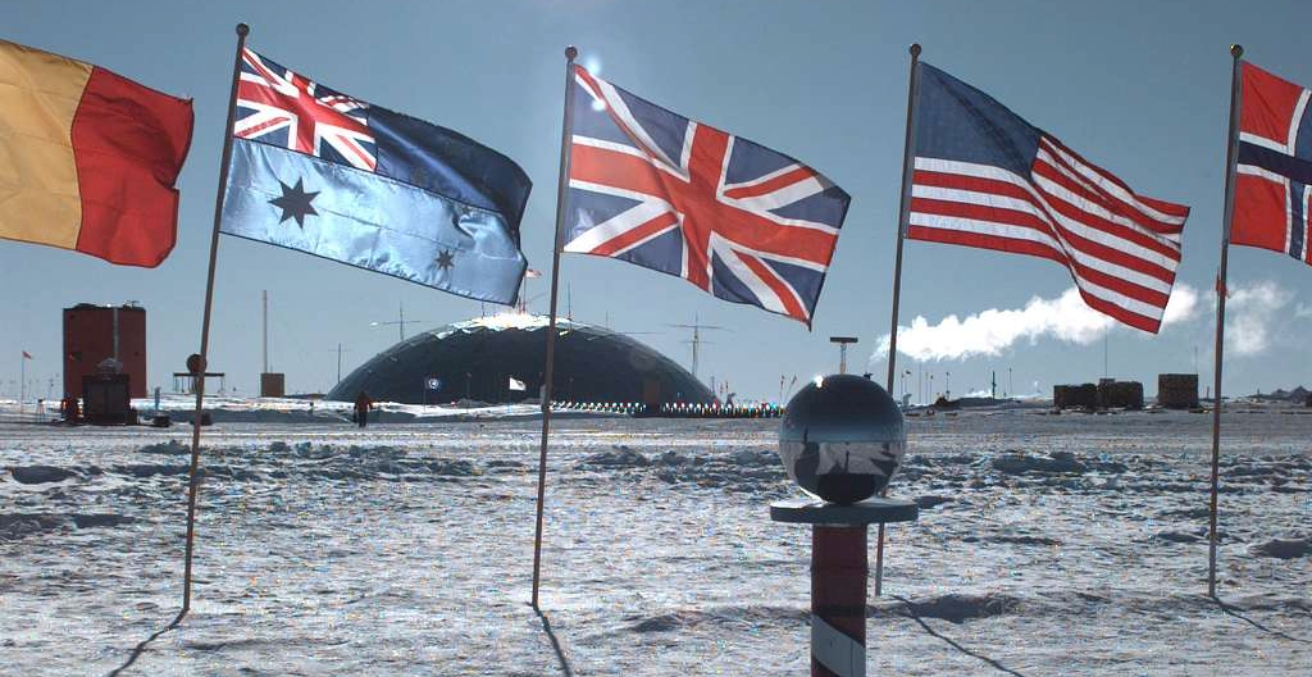Although the Antarctic Treaty System has successfully worked as a model of international cooperation for over six decades, recent developments have raised doubts about its capacity to respond to urgent global challenges. It may now be time to consider whether opening ATCM and CCAMLR meetings to broader stakeholder and public engagement could provide the reform needed to strengthen the system against emerging geopolitical and environmental pressures.
Over its 66-year history the Antarctic Treaty System (ATS) has been considered a shining light of international cooperation. However, recent meetings of the two main ATS bodies, the Antarctic Treaty Consultative Meeting (ATCM) and the Commission for the Conservation of Antarctic Marine Living Resources (CCAMLR) suggests that international cooperation in Antarctica may have entered a more difficult period.
Consensus decision-making is the cornerstone of ATS. It has allowed the ATCM and CCAMLR to make ongoing key decisions to further science, marine conservation, tourism, and other peaceful uses of the region. However, consensus decision-making also means that if even one state does not agree to a decision, no binding law can be adopted.
The 47th ATCM was recently held at Milan, Italy, from 24 June to 3 July and it has already been criticised by some for failing to make progress on important issues. Applications by Canada and Belarus for “Consultative Party” (i.e. decision making) status within the ATCM remained unresolved. There have been recent consensus-related problems during 2023-24 with the ATCM failing to reach a decision on designating emperor penguins Specially Protected Species. Further, over the last decade, CCAMLR has been unable find consensus on three proposals for new marine protected areas in Antarctica aimed, among other things, at helping the region better adjust to the impacts of climate change.
This has led some commentators to challenge the legitimacy of the ATS, especially its ability to respond to pressing global issues affecting the region, such as climate change. Some commentators have even suggested that alternative mechanisms are needed to govern the region.
One response to these criticisms might be to improve the transparency of the ATS. Up to this point, ATS meetings are attended principally by government delegations, with limited participation by scientific, environmental, and industry groups. Some observers, such as the Scientific Committee on Antarctic Research (SCAR), and invited experts, such as the Antarctic and Southern Ocean Coalition (ASOC), are permitted to attend the meetings, but these remain largely closed to the outside world. Media are excluded from all but the opening ceremonial session of the two-week ATCM. There are no formal press conferences given at the start, during, or the end of the meetings. It usually takes 3-4 months for a meeting report to be made public, thereby fuelling criticism that the ATS operates behind an “ice-curtain” of secrecy.
Opening the ATCM and CCAMLR meetings to greater public scrutiny, especially to how decisions are made (or not), could serve two vital purposes. While the closed nature of ATS meetings was originally designed to allow states with a direct interest in Antarctica to discuss sensitive issues—such as the facilitation of scientific research in Antarctica or the regulation of fishing activities in the Southern Ocean—improving transparency might be a prudent move at this time. First, it can provide other nations and international organisations, civil society, academia, science, and the media with better understanding of which states are supporting or blocking progress on key issues. Second, it can strengthen much-needed public and stakeholder trust in ATS institutions at a time when confidence in multilateralism is diminishing. As the old saying goes, “sunlight may be the best cure.”
At the last ATCM meeting this year in Milan, the Netherlands, Australia, and South Korea presented a working paper to improve the openness of Antarctic governance. The document proposes a new model of transparency and stakeholder engagement within the ATS, including opening the ATCM meetings to more stakeholder groups and media representatives. The document also proposes the Antarctic Treaty parties publish summaries of meeting outcomes through websites and press releases. By encouraging greater public oversight of deliberations in these forums, the proposal aims to align the ATCM practices with modern expectations of international environmental governance. For instance, in comparison the Conference of the Parties meetings of the United Nations Framework Convention on Climate Change attracts thousands of civil society and media representatives.
Every major change presents new opportunities but also challenges. Critics may warn that such openness could undermine the trust and camaraderie between key states and their representatives that has sustained the ATS for the past six decades. It is true that confidentiality plays a vital role in sensitive diplomacy, and in some cases greater openness could undermine this. However, in an era where closed doors decision-making is arguably failing to give adequate responses to key issues, the reputational risks to the ATS in deliberations remaining largely hidden and inscrutable may indeed be far greater. Transparency, carefully crafted, can coexist with trust. In fact, it may be the best way to restore and build it.
We will have to wait another three months or so for the meeting final report to see how the proposal was received by other states active in Antarctica. However, now that improved transparency has been raised by key states it will remain on the ATCM agenda in coming years and may even be similarly proposed at upcoming CCAMLR meetings. Opening the ATCM and CCAMLR meetings to a wider public would mark a significant moment in development of Antarctic governance.
Opening and modernising the ATS doesn’t mean dismantling it. Quite the opposite, it means adapting and strengthening its practices to meet current and future challenges. Opening the doors to stakeholders and the public (literally and metaphorically) could be the reform the system needs to weather coming geopolitical and environmental storms.
Dr Bruno Arpi is a Senior Lecturer at the Adelaide Law School, The University of Adelaide, Australia. His teaching and research focus on public international law, the law of the sea, climate change law, and Antarctic law.
Dr Jeffrey McGee is a Professor at the Institute for Marine and Antarctic Studies and Faculty of Law, University of Tasmania. His work focusses on international law and governance issues relating to Antarctica, Oceans and Climate Change.
Dr AJ (Tony) Press is an adjunct professor at the Institute for Marine and Antarctic Studies at the University of Tasmania. He was the CEO of the Antarctic Climate and Ecosystems Cooperative Research Centre from 2009 to 2014. From 1998-2008 he was the Director of the Australian Antarctic Division.
This article is published under a Creative Commons License and may be republished with attribution.





